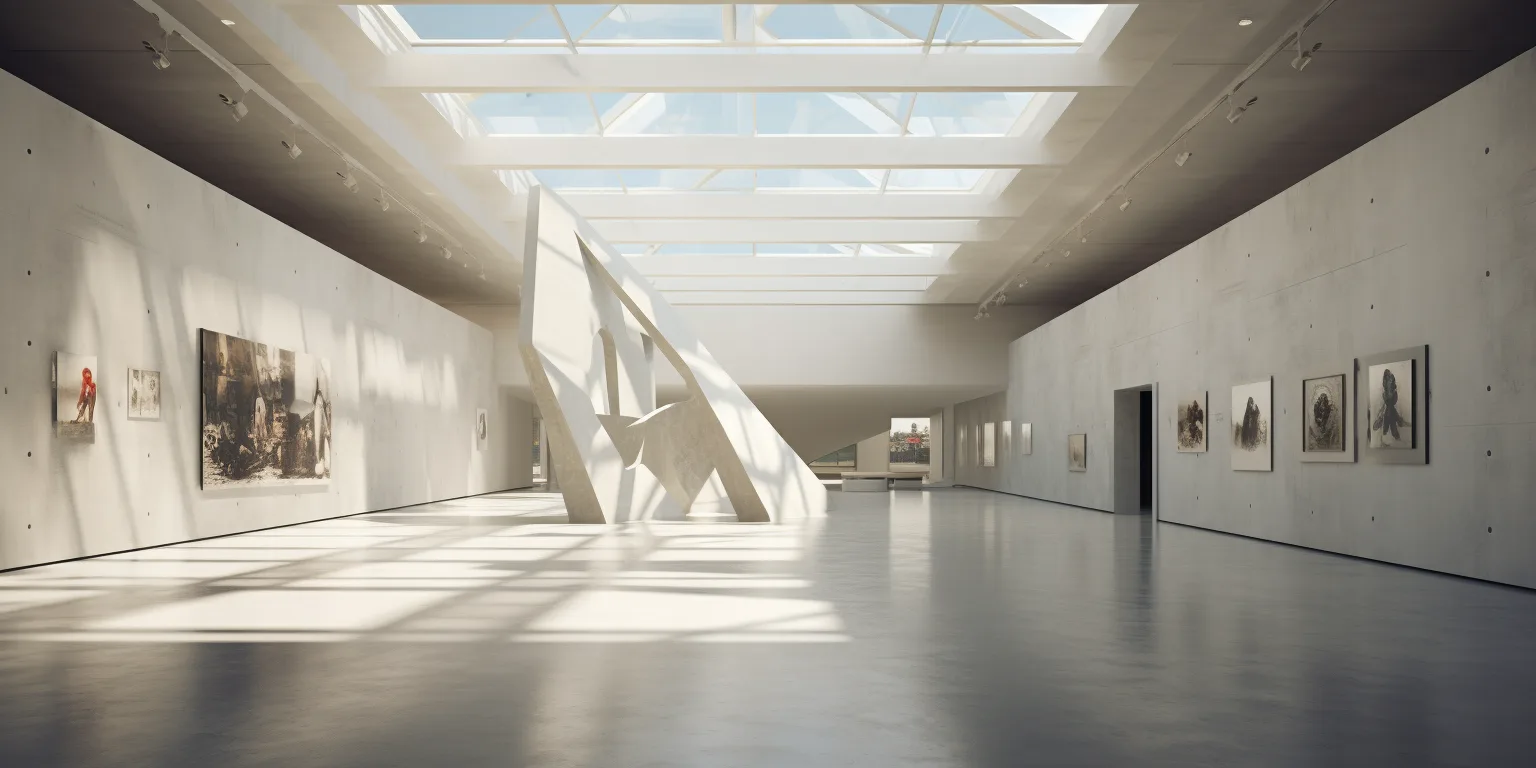Art galleries have long been sanctuaries of culture, places where the world’s most captivating and thought-provoking artworks are unveiled. Traditionally, these brick-and-mortar spaces have allowed art enthusiasts to immerse themselves in the world of art. However, the art world is undergoing a transformation, driven by technology and an urgent need to adapt to the changing times. 3D galleries are a digital portal to the art world that is redefining the way we experience and engage with art.
The Essence of 3D Galleries:
A 3D gallery, also known as a virtual gallery or immersive gallery, is a digital representation of a physical art gallery or exhibition space. Its primary objective is to create an immersive, interactive, and three-dimensional experience for art lovers. Here are the core features and elements that make 3D galleries so captivating:
- Immersive Experience:
Stepping into a 3D gallery is like entering a parallel art universe. The immersive experience they provide is designed to replicate the sensation of being physically present in an art gallery. Users can look around in every direction, explore every corner, and soak in the atmosphere in a way that a traditional webpage or image cannot provide.
- Virtual Reality (VR) Compatibility:
Many 3D galleries are fully compatible with virtual reality (VR) devices, such as VR headsets. This compatibility takes the immersion to the next level, allowing users to experience art as if they were physically there. VR transforms art appreciation into an exhilarating adventure.
- Artwork Display:
In these digital realms, artworks are carefully positioned on virtual walls, pedestals, or exhibition spaces. Clicking on an artwork or object allows users to zoom in, admire details, and gather information about the piece, including its title, artist, description, and more.
- Interactivity:
Interactivity plays a crucial role in 3D galleries. Users can virtually navigate the space, moving from one artwork to another. Some galleries even enable social interaction, offering visitors the opportunity to converse and collaborate with other art enthusiasts, creating a sense of community.
- Educational and Informational Elements:
3D galleries do more than display art; they provide context and understanding. Users can access informational panels, clickable links, or pop-up windows that offer insights into the art, the artists, and the exhibitions. This educational aspect elevates the experience from mere visual appreciation to intellectual enrichment.
- Improved Customer Experience:
The quality of user experience in 3D galleries is akin to that of a physical gallery, with the added convenience of accessibility from anywhere in the world. It’s no longer necessary to travel to see a famous collection; it’s all at your fingertips.
- Art Curation and Flexibility:
Galleries have the liberty to curate and design their collections and exhibitions virtually. This opens up exciting possibilities for experimentation and unique presentations. Curators can take artistic liberties that might not be feasible in a physical gallery, allowing them to redefine the art-viewing experience.
- Art Sales and Collecting:
A significant aspect of many 3D galleries is the option to purchase artwork directly through the platform. This feature streamlines the art-buying process, making it more accessible and engaging for art collectors and enthusiasts.
- Event Hosting:
The versatility of 3D galleries extends to hosting events. Galleries can organize virtual art openings, artist talks, and other events that bring the art community together in a digital space. This not only provides a platform for artists but also engages audiences across the globe.
- Ethical Considerations:
As with any transformative technology, ethical considerations must be addressed. 3D galleries must adhere to data privacy and security standards. It’s essential to respect copyright laws and intellectual property rights. Additionally, addressing algorithmic bias in AI-driven art curation and presentation is a crucial aspect of ethical engagement with art and technology.
The Future of Art and 3D Galleries
The evolution of 3D galleries is an exciting journey that shows no signs of slowing down. The future promises even more dynamic developments, including:
- Explainable AI:
A trend toward more understandable AI systems, allowing users to comprehend the decision-making processes of the algorithms, promoting transparency and accountability.
- Real-time Decision-Making:
Machine learning models that can make real-time, autonomous decisions, adapting to changing conditions and responding dynamically to user interactions within the gallery space.
- Accessibility for All:
Wider adoption of 3D galleries by smaller galleries and artists, with the availability of user-friendly tools that require no specialized technical skills.
The rise of 3D galleries is a significant shift in the way we experience and engage with art. These digital spaces have redefined the boundaries of art appreciation, making art accessible, immersive, and engaging. It’s no longer a question of whether 3D galleries will be a part of the art world, but rather how they will evolve to shape the future of art and redefine the art-viewing experience. The canvas of the art world is expanding, and 3D galleries are painting the way forward.




